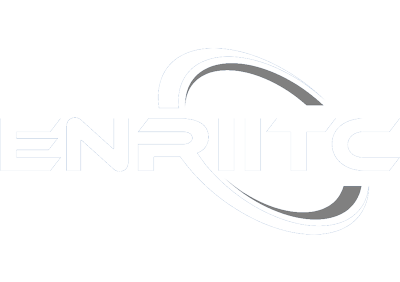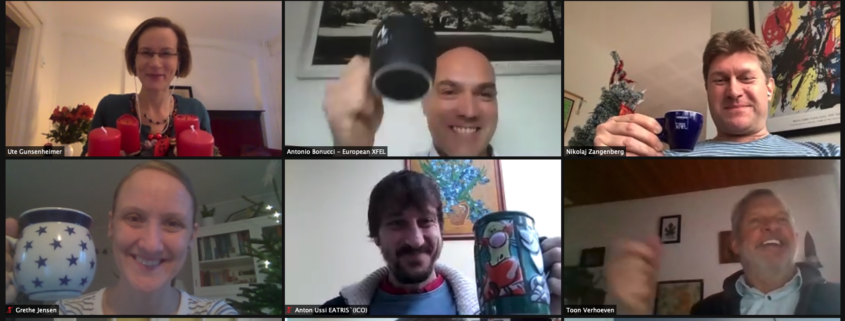ENRIITCyourCoffee Season 1: Episode 4 “RIs and Logistic – what are the key challenges?”
We had a fantastic discussion in the #ENRIITCyourCoffee session today hosted by Ute Gunsenheimer, who is Head of External Relations and EU Projects at ESS and is the project coordinator for ENRIITC.
After introductions using the Menti platform, Ute opened in a fun and engaging manner by asking attendees “What is your favourite road trip movie?”. Needless to say, the amusing responses came flooding in with Little Miss Sunshine and Thelma and Louise receiving the most votes. Ute then skilfully steered the conversation back to the logistics: “What comes to your mind when you think about logistics?” A discussion evolved with mentions of paperwork, VAT, planning, supply chain, movement and transportation, amongst others. Anton Ussi, Operations & Finance Director at EATRIS, mentioned that research infrastructures C&S teams tend not to be too heavily involved in logistics as it is most commonly the institutes themselves that are responsible for their own logistics.
We then heard from Ute about the ESS “Brightness” project. On the supply side: ESS is in the peak of the Construction Phase. Equipment from IKP Partners and suppliers is arriving to the site daily from all over Europe. Deliveries include large-sized, unique items (e.g. the Target Wheel Vessel) and items in high quantities (e.g. 6 lorries of port beam blocks). Ute then flagged that there is currently no forum in Europe where one can learn from others to develop common strategies about dealing with suppliers, authorities and logistics companies.
On the user side: COVID-19 has had a significant impact on access to user facilities. For instance, there are increasing requests for remote access modes (including from abroad) that require mailing-in of samples. Similarly to the supply-side, Ute noted that there is no forum in Europe for exchanging best practices when it comes to the user side.
On the question of whether logistics play a role in the attendees wider daily professional routines, there was a mixture of yes and no responses. Those who answered yes to having logistics as a role in their daily professional routines shared with the group the logistic aspects in detail. There was mention of sending material parts to partners, claim management of broken components, civil construction related intra-logistics and organising physical events (e.g. physical roundtable discussions, online participation). A number of attendees also shared that, as part of their work, they are involved in co-ordinating beamtime samples for experiments and measures, coordinating the transportation issues and timing with the overall construction deadlines and document preparation for customs issues.
An organic conversation then followed about where in the supply chain the responsibility changes. The discussion indicated that this is down to what is specified in the legal contract from the start. The arrangement changes depending on how the project is structured.
Ute then wrapped up the session by asking what topics attendees would be interested to learn more about. Lots of ideas emerged. Responses included learning about other peoples successes and failures, how to keep the information on the delivery schedule up to date, best practice on samples, use of visualisation tools, customs processes, smooth industry access (what are the learnings across facilities?), built up intra-campus logistics and spare parts handling and customs processes.
The group agreed that it was a very lively, helpful and useful discussion. There was an appetite for a forum where best practice could be exchanged. If you missed the session and want to add your thoughts (or indeed favourite road trip movie) to the discussion, then head over to our LinkedIn group “#ENRIITCyourNetwork” to engage in the discussion.






Leave a Reply
Want to join the discussion?Feel free to contribute!